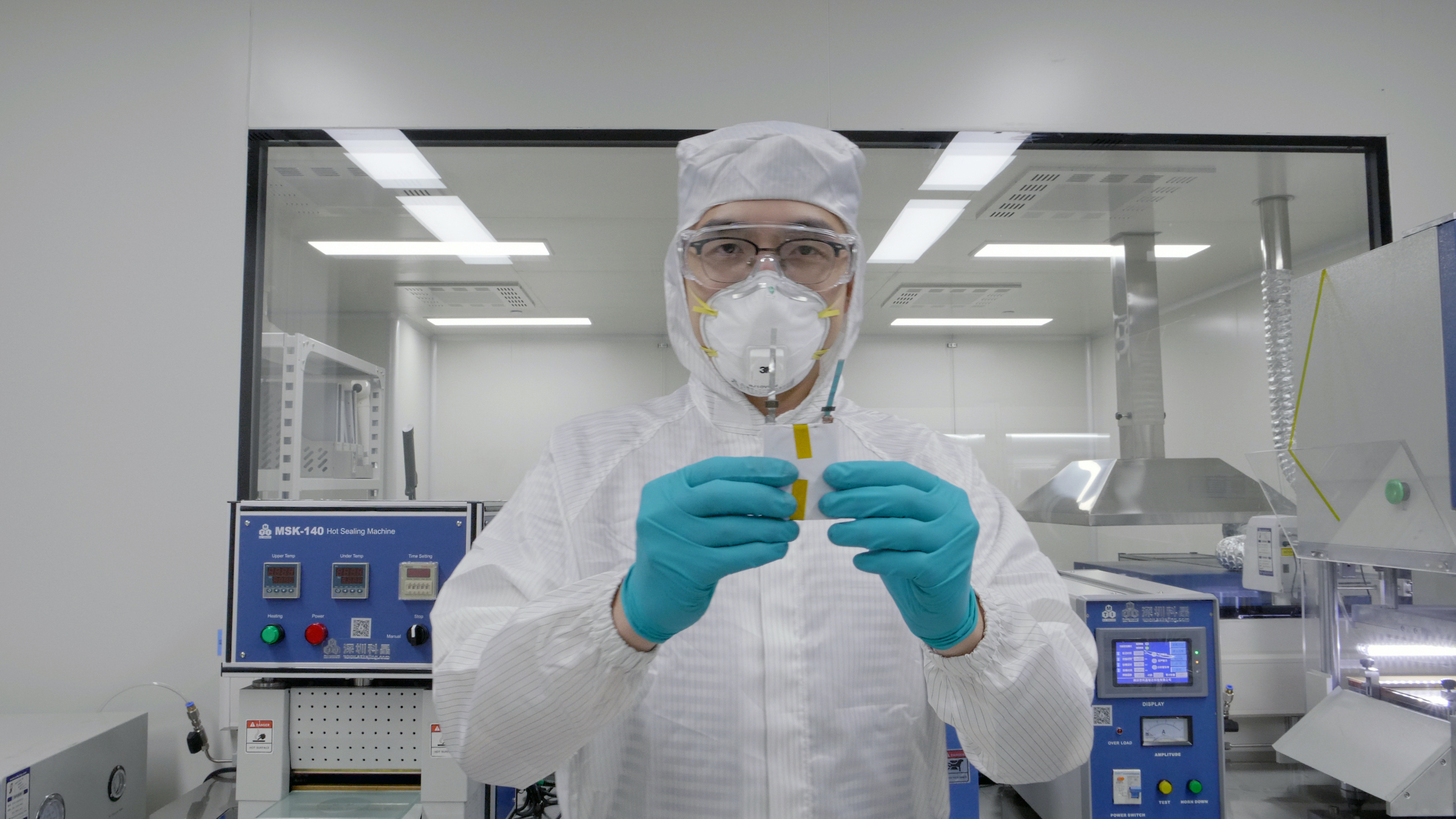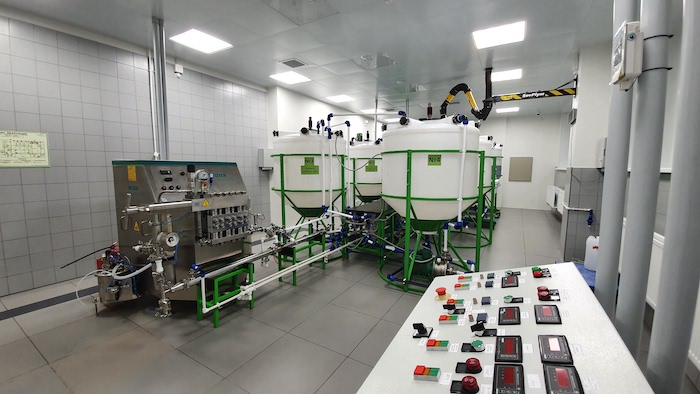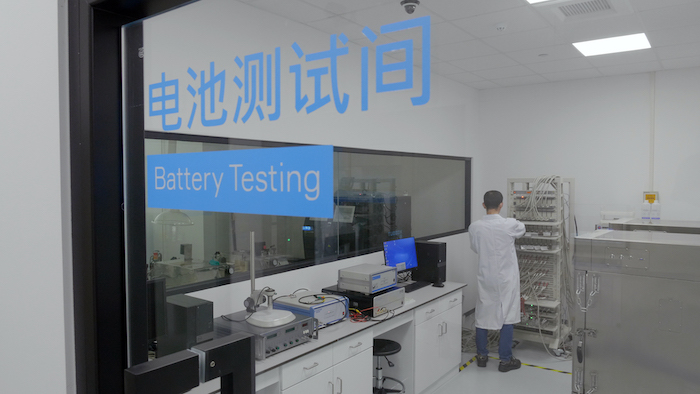
OCSiAl has launched one of the world’s cleanest facilities for the production of graphene nanotube dispersions for lithium-ion batteries. The use of graphene nanotubes is currently the only cost-effective solution on the market for the problem of silicon anode degradation. Nanotubes are able to prevent the failure of the anode by forming a robust conductive network to hold particles of silicon together during their expansion.
At Tesla Battery Day, Elon Musk announced plans to increase the silicon content in EV battery anodes, and other leading battery manufacturers are also adopting this approach: substitution of the graphite by silicon, which addresses the key industry challenge of reaching high energy density, fast-charge ability, and cost reduction of electric vehicle lithium-ion batteries. To meet the essential demand in solving key battery problems, OCSiAl has launched a new ultra-clean facility for TUBALL™ BATT, its graphene nanotube dispersion for silicon anodes. The newly opened plant has already successfully passed an audit by one of the global leaders for lithium-ion batteries.

Long, flexible, electrically conductive and strong, graphene nanotubes serve as bridges between silicon particles, creating a robust network inside the anode and protecting it from degradation. OCSiAl’s nanotube dispersion for batteries has proven its cost-effectiveness: virtually all Li-ion battery makers are applying or developing technologies incorporating graphene nanotubes, and some mass-produced electric vehicles powered by nanotube batteries are already on the road.
To serve the needs of clients around the world, four industrial-scale factories in Japan, China and Russia produce TUBALL™ BATT nanotube solutions for anodes and cathodes, and three R&D centers in Luxembourg, Russia, and China develop products and support customers in the world’s key markets.

The newly opened plant sets a new safety standard: the entire production process, including the packaging area for finished dispersions and the quality control area, has been designed to a clean room class. “Even the smallest airborne particles in battery element manufacturing can contaminate the battery that ends up in your phone or electric vehicle, increasing risks of a short circuit, fire, or even explosion. Our manufacturing process sets end-user safety as the first priority. We are honored to have received confirmation of meeting the highest quality standards from one of the leading EV batteries manufacturers in the world,” said Andrey Senyut, CEO of OCSiAl Energy.
The new plant is located in Novosibirsk, Russia, adjacent to the core OCSiAl nanotube synthesis facility, which currently accounts for more than 90% of global graphene nanotube production capacity. “Following the launch of the new plant and its successful audit process, we intend to scale up such facilities with new technological and quality standards to Asia, Europe, and the United States, within easy reach of gigafactories, to develop a global sustainable supply chain for battery manufacturers," Andrey Senyut added.
Learn more on graphene nanotubes for lithium-ion batteries at tuball.com.
